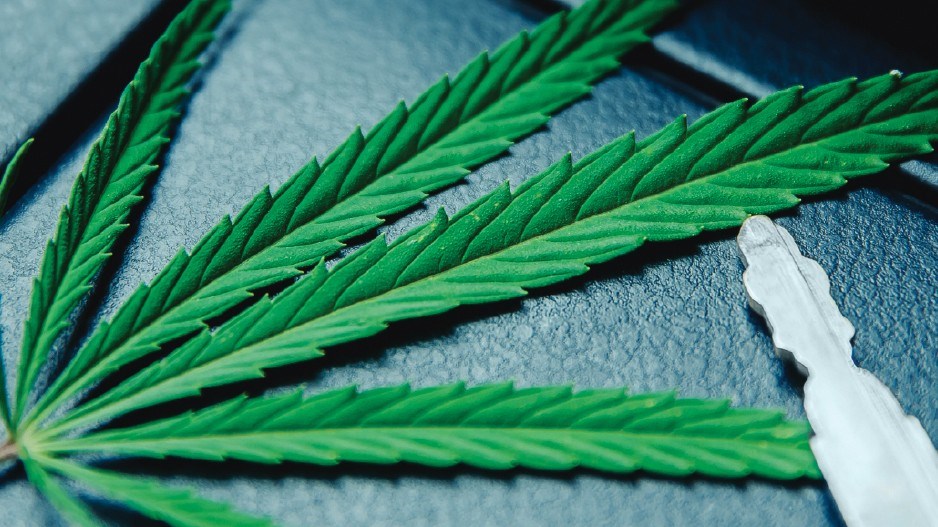B.C. has toughened penalties for driving while under the influence of drugs – and to assess whether they work, we’ve obtained a pre-legalization snapshot of drivers’ cannabis use.
In 2018, my ministry backed an independent survey of motorists’ alcohol and drug use.
This was the eighth survey of its kind in B.C. over the past quarter-century. The last two occurred in 2010 and 2012 – just before, and two years after, B.C. introduced immediate roadside prohibitions (IRPs).
Those surveys foreshadowed IRPs’ success in reducing alcohol-related traffic fatalities by half. The 2018 survey reflects why that decline sustains, with just one in 20 drivers testing positive for any alcohol – half as many as in 2010 – and fewer than 1% of drivers with a blood-alcohol concentration above 0.05%.
These are life-saving gains, and we must apply the lessons learned as we evaluate the effects of cannabis legalization on road safety. What does last year’s survey tell us, and where do we go now?
Seven-person crews, with each including one police officer, diverted randomly selected vehicles out of traffic. A crew member would ask drivers for consent to take a confidential breath sample (to detect alcohol) and a mouth swab (to lab-test for drugs).
Of the approximately 75% of drivers who agreed to be surveyed, 8.5% tested positive for drugs and 70.5% of them tested positive for cannabis. Drug use was most prevalent among drivers older than 55 and aged 19 to 25. Clearly, we must keep targeting these age groups through public education and cannabis-affected-driving advertising.
We also need to reinforce how mixing alcohol and drugs, including cannabis, increases crash risk – nearly 14% of survey participants tested positive for either alcohol, drugs or both.
Interestingly, new drivers were almost seven times more likely to test positive for drugs than for alcohol. Consequently, we’ve extended B.C.’s zero tolerance for the presence of alcohol to cover the presence of specific drugs, such as THC, for new drivers in the Graduated Licensing Program.
Surveyed drivers thought it somewhat more likely that a driver would be stopped by police after drinking too much than after using drugs. But the legalization of cannabis hasn’t changed the way police address unsafe road behaviour. Police have always had the training and ability to detect drug-impaired drivers. Today, more officers than ever have that skill.
Moreover, we’ve strengthened our laws to provide police with more tools to remove drug-affected drivers from the road for 90 days – up from the previous 24-hour prohibition.
Under the rules, which came into effect in July, police are authorized to serve this prohibition when, for example, an officer has reasonable grounds to believe a driver has a blood-drug concentration over the legal limit – or when an officer believes a driver is impaired based on the results of an evaluation by a drug recognition expert.
Police may serve this prohibition while also pursuing a criminal charge of impaired driving.
I can’t predict what the next roadside survey will tell us. But government and police will continue to monitor the impact of cannabis legalization on road safety.
B.C. has a mature cannabis culture. Let’s ensure that maturity extends to our behaviour when it comes to separating cannabis use from driving. •
Mike Farnworth is B.C.’s minister of public safety and solicitor general and oversees B.C. legislation and regulations that govern many aspects of cannabis legislation, such as how cannabis is sold, consumed and grown at home.




